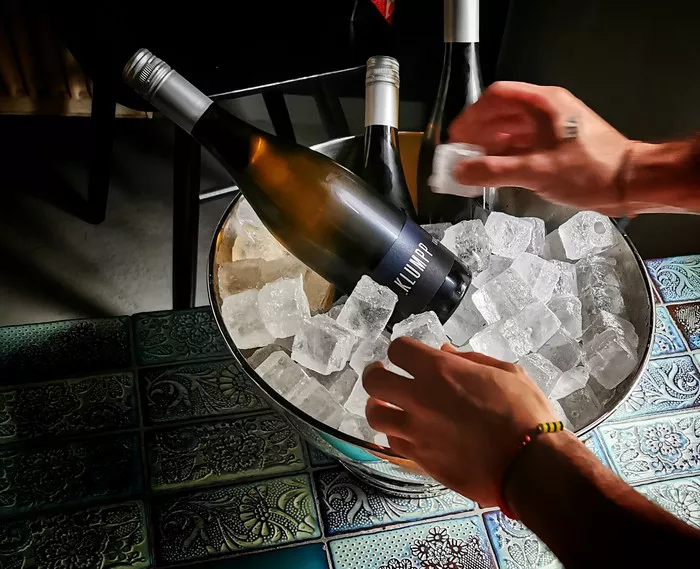Merlot cheese, a delightful fusion of two beloved culinary elements – cheese and wine, has been capturing the hearts and taste buds of food enthusiasts worldwide. This delectable marriage of flavors is a testament to the artistry of cheesemakers and vintners alike. In this professional article, we will embark on a flavorful journey to explore the origins, production methods, popular varieties, pairing suggestions, and the nuanced world of Merlot cheese. Whether you’re a seasoned cheese connoisseur or a budding enthusiast, prepare to be captivated by the exquisite world of Merlot cheese.
The Origins of Merlot Cheese
The origins of Merlot cheese can be traced back to the heart of wine country – France. Merlot, a renowned grape variety, primarily associated with Bordeaux wines, provided the inspiration for this cheese. The cheese’s creation was driven by a desire to complement the robust flavors of Merlot wine with a creamy and flavorful dairy counterpart. The result was a cheese that beautifully encapsulated the essence of Merlot grapes, establishing a harmonious relationship between wine and cheese.
Production Process
Merlot cheese production is an intricate process that combines traditional cheesemaking techniques with the essence of Merlot wine. The key steps in crafting this culinary masterpiece include milk selection, curdling, fermentation, aging, and wine infusion.
Milk Selection: The foundation of any cheese is the milk. High-quality cow’s milk is the primary choice for Merlot cheese production. The selection of milk impacts the cheese’s texture, flavor, and aroma.
Curdling: To begin, the milk is heated and then curdled using enzymes or acid. The curds are then separated from the whey, forming the base of the cheese.
Fermentation: In this crucial step, cheesemakers introduce bacteria, such as Lactobacillus, to initiate fermentation. This process imparts tanginess and character to the cheese.
Aging: The young cheese is then carefully aged in controlled environments. The aging period can vary significantly, with some Merlot cheeses requiring only a few months, while others benefit from extended aging.
Wine Infusion: The defining step in creating Merlot cheese is the infusion of Merlot wine or its essence. This infusion can occur during various stages of the cheese-making process, giving rise to diverse Merlot cheese varieties.
Popular Varieties of Merlot Cheese
Merlot cheese comes in a variety of forms, each with its unique characteristics and flavor profiles. Here are some popular Merlot cheese varieties that have gained recognition among cheese enthusiasts:
Merlot Cheddar: This Merlot-infused cheddar cheese boasts a rich, creamy texture with a subtle tanginess. The Merlot wine infusion adds a deep, fruity note, making it a delightful addition to cheese platters.
Merlot-Soaked Gouda: Merlot cheese paired with Gouda creates a cheese that is both creamy and slightly nutty in flavor. The wine infusion enhances its sweetness, making it a superb accompaniment to fresh fruit and crackers.
Merlot Blue Cheese: Blue cheese lovers rejoice, for Merlot-infused blue cheese offers a delightful blend of creamy, pungent blue veins and the mellow, fruity notes of Merlot wine. It’s an excellent choice for bold flavor enthusiasts.
Merlot Brie: Merlot Brie is a marriage made in heaven, combining the buttery, soft texture of Brie with the subtle wine infusion. It’s perfect for spreading on crusty bread or pairing with charcuterie.
Merlot-Soaked Goat Cheese: Goat cheese lovers will relish the creamy, tangy goodness of Merlot-infused goat cheese. The wine infusion elevates the cheese’s natural earthy undertones, making it an ideal choice for salads and appetizers.
Pairing Merlot Cheese
Pairing Merlot cheese with complementary flavors is an art that can elevate your culinary experience to new heights. The wine-infused cheese’s versatility allows it to be paired with a wide range of accompaniments. Here are some pairing suggestions to tantalize your taste buds:
Fresh Fruits: The natural sweetness of fresh fruits like grapes, figs, and apples provides a delightful contrast to the richness of Merlot cheese. These fruits also cleanse the palate between bites.
Crackers and Bread: Opt for plain or mildly seasoned crackers and crusty bread to allow the cheese’s flavors to shine. Baguette slices and whole-grain crackers are excellent choices.
Nuts: Toasted almonds, walnuts, or pecans add a delightful crunch and nuttiness that complements the creamy texture of Merlot cheese.
Charcuterie: Thinly sliced prosciutto, salami, or cured ham pairs wonderfully with Merlot cheese, creating a harmonious balance of flavors and textures.
Honey and Jams: Drizzle honey or spoonfuls of fruit preserves over Merlot cheese to add a touch of sweetness and complexity to each bite.
Health Benefits of Merlot Cheese
While indulging in Merlot cheese should be done in moderation, it offers some potential health benefits:
Rich in Calcium: Merlot cheese is a good source of calcium, essential for strong bones and teeth.
Protein Content: It provides a decent amount of protein, which is crucial for muscle repair and overall health.
Probiotics: Like other fermented dairy products, Merlot cheese contains probiotics that can support gut health and digestion.
Antioxidants: The presence of wine in Merlot cheese introduces antioxidants like resveratrol, which may have certain health benefits when consumed in moderation.
Vitamin B12: Merlot cheese is a source of vitamin B12, important for nerve function and the formation of red blood cells.
Conclusion
Merlot cheese, with its origins deeply rooted in the French wine country, has evolved into a culinary masterpiece that entices both cheese and wine enthusiasts alike. The intricate process of crafting Merlot cheese, along with its various varieties, showcases the artistry of cheesemakers and the harmony between cheese and wine.


